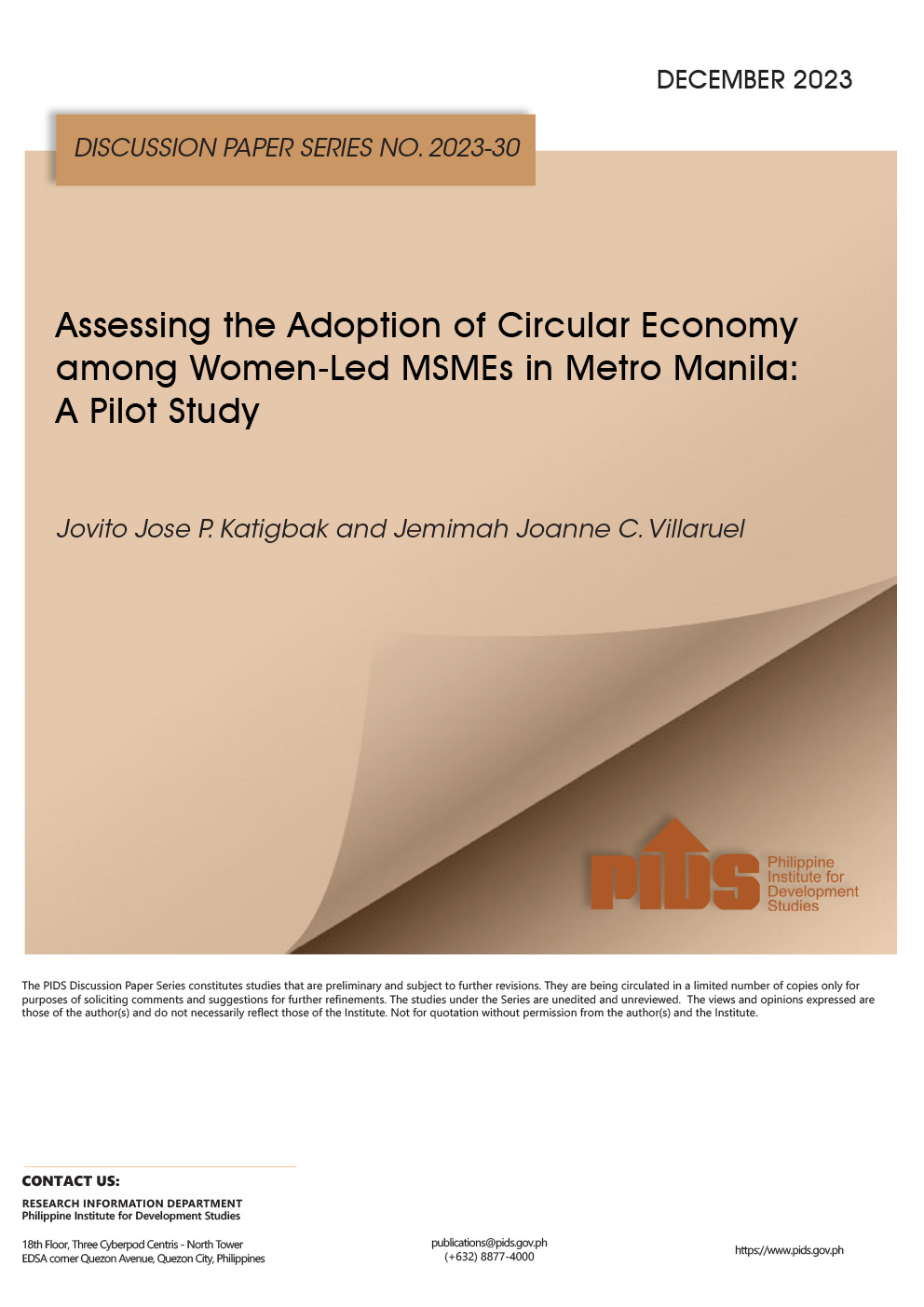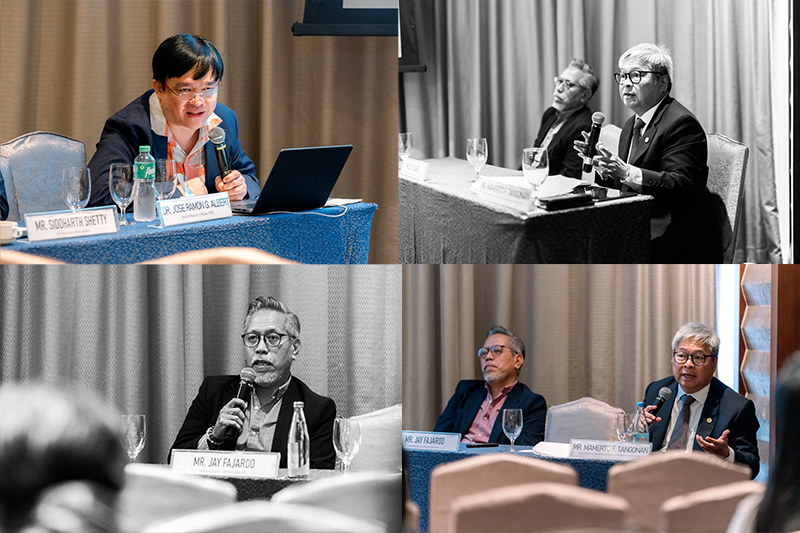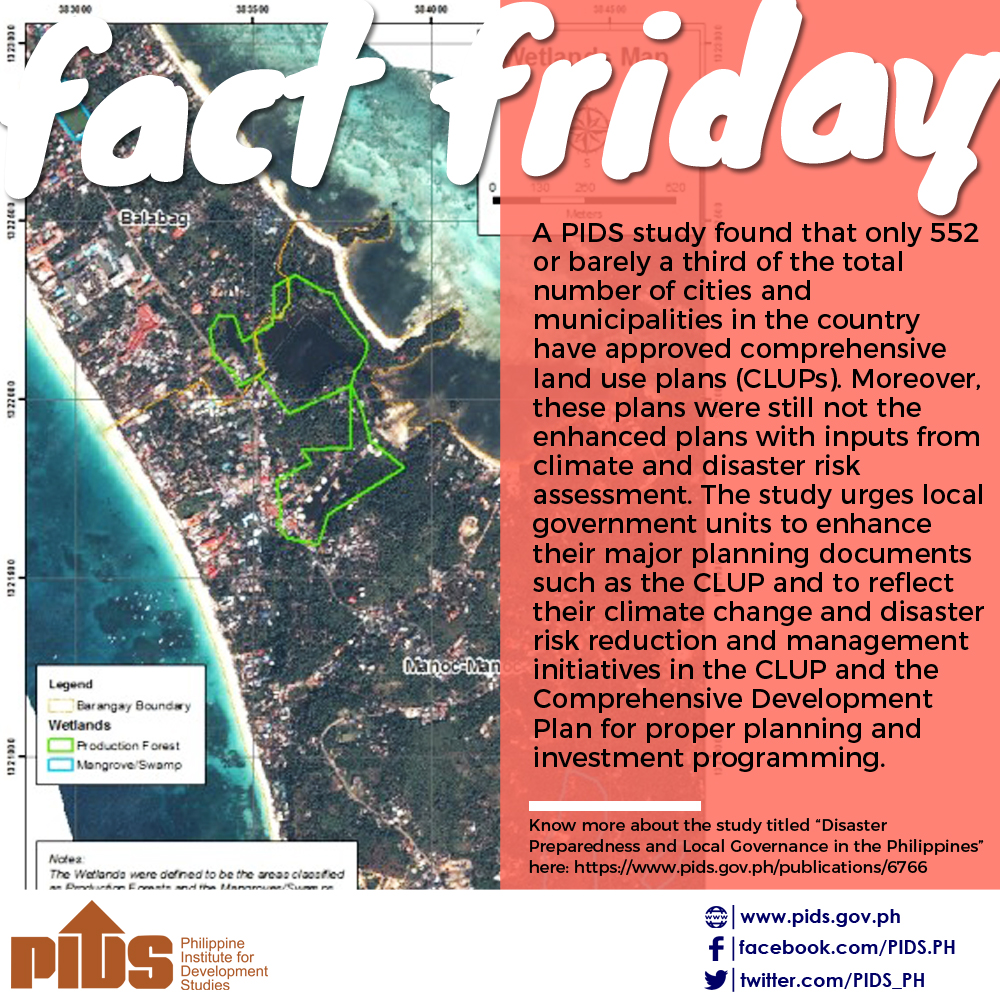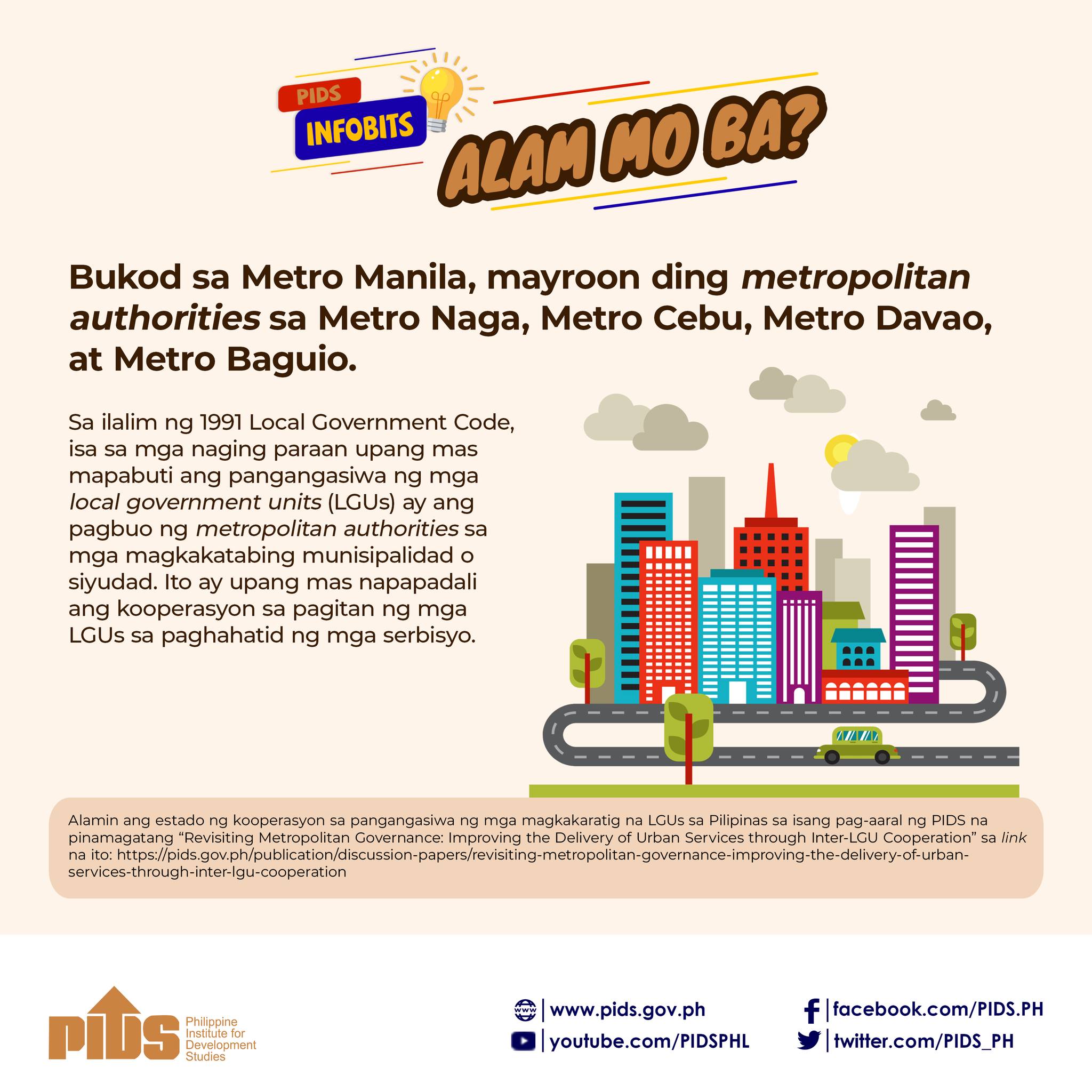IN FEBRUARY, 2014, Manila sought to solve its traffic problem with an ordinance that banned the entry of heavy cargo trucks from 5 a.m. to 9 p.m. During the rest of the day, trucks were allowed but only on designated truck routes.
It eased Manila’s traffic problem but it impacted on the operations of the Manila Port, on business in all of Metro Manila, and on the national economy as a whole. The truck ban caused imported cargo to pile up in the Manila Port which soon became congested. There were efforts to shift importations to Batangas and Subic, but shippers, freight forwarders, and truckers continued to prefer the Manila Port.
Finally, in September, 2014, Manila officials, after extensive meetings with the Metro Manila Development Authority (MMDA), the national government, and the Philippine Chamber of Commerce and Industry, decided to modify its traffic ordinance and ease its truck ban. The Manila Port also instituted changes and reforms that ended the port congestion.
The other day, the Philippine Institute of Development Studies (PIDS) reported that during the seven-month period of the truck ban, the loss to the national economy was placed at P43.8 billion. It proposed a combination of short-term, medium-term, and long-term solutions, including revival of Philippine National Railways operations, establishment of a 24-hour booking system, and heavy government investments in port development and other infrastructures .
Today, seven months after Manila ended its truck ban, traffic in Metro Manila appears to have worsened with a vengeance. Thousands of man-hours are being lost every day and a new study will undoubtedly put the losses at billions of pesos.
The scores of road repairs all over Metro Manila are partly to blame. The closure of Ayala Bridge forced traffic from northern Metro Manila to funnel through Quiapo, Sta. Cruz, and Jones bridges. Then there is the report of the Philippine automotive industry that for the third straight year, there have been record sales of cars and trucks. For 2015, 310,000 cars and trucks are expected to be sold.
These additional 310,000 vehicles are on top of the millions already running in the nation’s streets for years. And they will be using the same streets and boulevards which have hardly been increased in Metro Manila. The new expressways have been mostly to the north and the south of Luzon. Is there any wonder that traffic congestion in Metro Manila continues to worsen every day?
Considering all these developments, there must be a focused study on the problem of traffic in Metro Manila. Like flooding, garbage, and water supply, traffic cannot be solved by one city acting by itself. That function properly belongs to the MMDA. It needs to look closely at this problem, see what problems need to be solved, and come up with a plan.
Related Posts
Publications
Press Releases
Video Highlights
[No related items]









